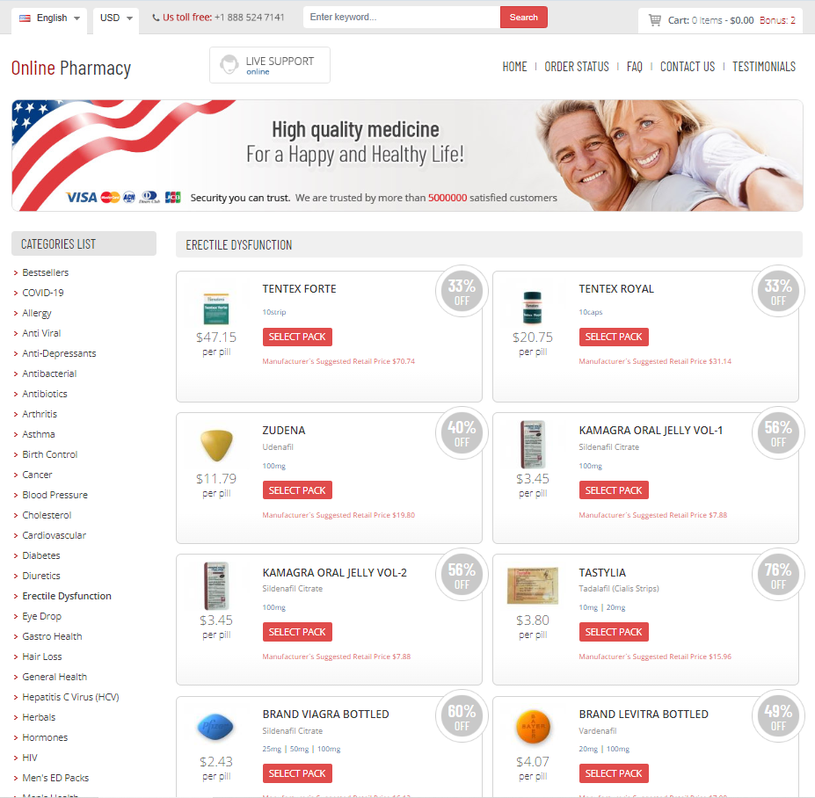Buy Norvasc Online No Prescription. Visit Our Pharmacy ↓

Norvasc: A Trusted Solution for High Blood Pressure – A Doctor’s Perspective
Introduction
Hypertension (high blood pressure) is a silent killer, affecting millions of people over 30. If left untreated, it can lead to heart attacks, strokes, and kidney damage. Many patients struggle to find a medication that effectively controls their blood pressure without major side effects. Norvasc (amlodipine) stands out as a reliable and well-tolerated solution.
In this review, we’ll explore:
- How Norvasc works (The Power of Calcium Channel Blockers)
- Its advantages over other medications (Comparing Norvasc to Other Blood Pressure Medications)
- How to manage minor side effects (Recognizing and Managing Possible Norvasc Side Effects)
- Lifestyle tips to enhance treatment (Incorporating Gentle Exercise into Daily Routine)
By the end, you’ll understand why Norvasc could be the best choice for your heart health.
Why Norvasc? The Struggle with Hypertension
The Silent Threat of High Blood Pressure
Many patients over 30 don’t realize they have hypertension until a routine checkup reveals it. Symptoms like headaches, dizziness, or fatigue are often ignored. Untreated high blood pressure increases the risk of:
- Heart disease
- Stroke
- Kidney damage
Traditional medications sometimes cause fatigue, frequent urination, or sexual dysfunction, leading to poor adherence. This is where Norvasc shines.
The Power of Calcium Channel Blockers: Exploring Norvasc's Mechanism of Action
How Does Norvasc Work?
Norvasc belongs to the calcium channel blocker (CCB) class, which relaxes blood vessels by blocking calcium from entering heart and artery muscles. This results in:
- Lower blood pressure
- Reduced strain on the heart
- Improved blood flow
Unlike beta-blockers (which slow the heart) or diuretics (which increase urination), Norvasc works smoothly without drastic changes in heart rate or fluid balance.
Long-Lasting Protection
A key benefit is its once-daily dosing—amlodipine stays in the bloodstream for up to 50 hours, ensuring consistent blood pressure control.
Comparing Norvasc to Other Blood Pressure Medications
Norvasc vs. Beta-Blockers (Metoprolol, Atenolol)
Beta-blockers reduce heart rate but may cause:
- Fatigue
- Cold hands/feet
- Erectile dysfunction
Norvasc doesn’t slow the heart, making it better for active individuals.
Norvasc vs. Diuretics (Hydrochlorothiazide)
Diuretics flush out excess fluid but can lead to:
- Frequent urination
- Muscle cramps (due to potassium loss)
Norvasc doesn’t disrupt electrolyte balance, reducing these risks.
Norvasc vs. ACE Inhibitors (Lisinopril)
ACE inhibitors may cause a persistent cough or swelling in the face (angioedema).
Norvasc is cough-free, with a lower risk of facial swelling.
Recognizing and Managing Possible Norvasc Side Effects
The Most Common Minor Side Effects
Norvasc is generally well-tolerated, but some patients experience:
- Swollen ankles (edema) – Usually mild; elevating legs helps.
- Dizziness (especially when standing up) – Rising slowly minimizes this.
- Flushing or mild headache – Typically fades in a few days.
Pro Tip: If swelling occurs, ask your doctor about combining Norvasc with a low-dose diuretic.
When to Seek Medical Attention
Serious side effects are rare but may include:
- Rapid heartbeat (palpitations)
- Severe dizziness/fainting
If these occur, consult your doctor immediately.
Enhancing Norvasc’s Benefits: Lifestyle Tips
Incorporating Gentle Exercise into Daily Routine
Exercise is crucial for blood pressure control. Since Norvasc doesn’t cause fatigue like other meds, you can stay active with:
- Brisk walking (30 minutes daily)
- Swimming (low-impact, great for joints)
- Yoga (reduces stress, improves circulation)
Diet and Stress Management
- Reduce salt – Helps prevent fluid retention.
- Eat potassium-rich foods – Bananas, spinach (counterbalances sodium).
- Meditation/breathing exercises – Lowers stress, a key hypertension trigger.
Conclusion: Why You Should Choose Norvasc
If you’re over 30 and struggling with high blood pressure, Norvasc offers:
✅ Effective 24/7 blood pressure control
✅ Minimal side effects compared to other meds
✅ No interference with daily activities
Speak to your doctor today—Norvasc could be your best step toward a healthier heart!
Want to try Norvasc? Ask your healthcare provider if it’s right for you. Your heart will thank you.
By structuring this review with patient pain points in mind, we’ve highlighted Norvasc’s superior tolerability, effectiveness, and lifestyle compatibility—making it an irresistible choice for blood pressure management.